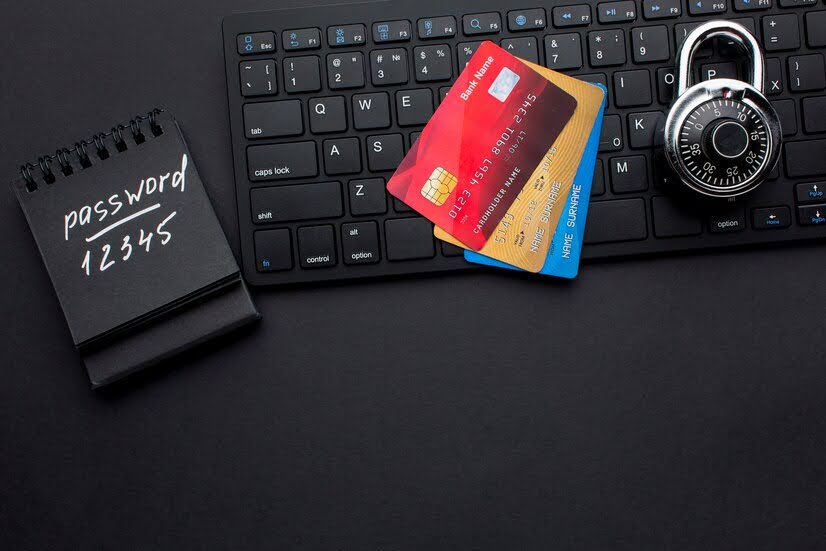Consumer Protection and Fake IDs – Identity theft and fraud are serious threats. Fake IDs are central to these crimes. Protecting consumers is crucial. Let’s explore strategies for safeguarding against these dangers.
The Fake ID Menace
Consider the ease with which fake IDs can now be produced. Modern printing, even among consumer devices, has advanced so much that even fake documents can be produced. We are not only talking about providing ID cards for the purchase of alcohol, but also bank fraud. They are now often used to register credit cards, bank accounts and even money laundering. The widespread availability of these documents poses a significant threat to consumers and institutions alike.
Methods of Consumer Protection and Prevention
Want a fun way to learn how to recognize and even resist many scams? Try watching a few TV shows or movies about hackers. For example, Mr. Robot or Inception. Don’t worry if you encounter regional restrictions, you just need to download VPN apps for PC. If you need a detailed Hulu VPN guide, here it is. By the way, VeePN also has VPN apps for all popular devices.
Protecting consumers from fake IDs and the ensuing fraud requires a multifaceted approach. Here are several methods that can be employed:
Be Careful of Phishing Attempts
Phishing scams involve cybercriminals attempting to steal your identity by seeking personal or financial information. These scams usually come via email or SMS, tricking you into clicking a link or opening an attachment. For instance, you might receive a text that seems to be from a trusted company, asking you to click a link to resolve an account issue. Once you click, you’re directed to a scammer-controlled site, which passes all the data collected from you to the scammers.
After you enter your information, the scammer can access your credit card or bank account and might even sell your details to other fraudsters. If you receive a suspicious letter or email, especially with an attachment, it is best to ignore it. Your system may be infected after downloading the file, or you may end up on a phishing site. If the email looks important, simply contact the official company that sent it to you and clarify the details. But do this not through the “Reply” button, but through a trusted communication channel.
Use Encryption
When you connect to websites and transmit personal information, you should use encryption. Some websites use HTTPS connection, it is already encrypted. To not depend on external security measures, you can use VeePN application. It encrypts all traffic before it reaches websites.
Choose Digital Wallet
Another effective way to protect your identity is by using a digital wallet. Such applications have built-in data protection systems. Paying for goods and services through such applications is one of the safest ways of financial transactions. Digital wallets do not display your personal data, which is another argument in favor of the security of these tools and their effectiveness against identity thieves.
Shred Personal Documents
Thieves can use your financial documents to steal your identity and access your accounts. You can increase your chances of protecting your identity by regularly deleting personal documents from all storage. This applies to mobile devices, PCs, removable storage devices, etc. The same is true for paper copies of documents. It’s much easier to prevent theft if you don’t have 10 copies of your ID, right?
Monitor Bank Statements
Checking your bank statements is essential to quickly respond to any fraudulent activity. According to research, using online banking to check your accounts increases the fraud detection rate by 10 times compared to paper statements. This makes sense, given the ability to access your account statements in real time via online banking. You should develop a habit of keeping your finances under control and monitoring your bank accounts at least once a week.
Protect Your Devices

According to data from the Pew Research Center, 16% of U.S. smartphone owners don’t use security features like passcodes, fingerprints, or facial recognition to unlock their phones. These people are the ones who put themselves at the greatest risk. If anyone can access your personal and financial information through your smartphone, it’s only a matter of time before those risks become reality. Should you take the risk if FaceID unlocks your device quickly and effortlessly?
Identity Theft and Fake IDs: A Dangerous Duo
Identity theft is the first step in identity theft that many of us don’t even know about. Fraudsters use this data to create fake IDs, which are then used to obtain financial services, bypass various restrictions, and access a personal bank account. In addition to losing funds, this also leads to a lower credit score, a potential increase in insurance costs, or even a legal battle. It can take years to recover from such a fraud, if it is ever possible.
Final Thoughts
It must be acknowledged that the constant growth of counterfeit IDs is a serious challenge to society. Both individuals and businesses have ample tools to combat identity theft. Instead of ignoring or delaying the problem, we must all make a common effort to protect ourselves and identify counterfeit documents. This is the only sure way to ensure that justice prevails.

